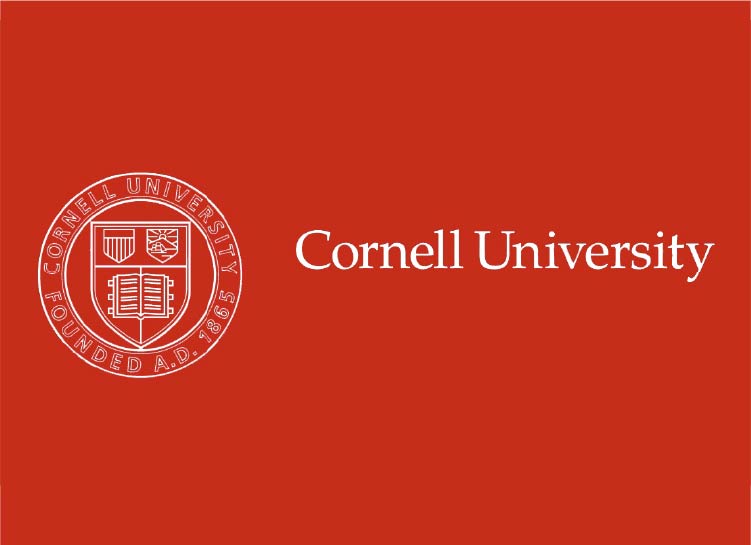Satire is a literary device that writers employ to mock or ridicule a person, group, or ideology by passing judgment on them for a cultural transgression or poor social behavior. Satirical news utilizes humor and irony by placing the target of the criticism into a ridiculous, fictional situation that the reader must suspend their disbelief and go along with (Maslo, 2019). However, despite what absurd content satirical news may contain, it is often mistaken by readers as real, legitimate news, which may then lead to the unintentional spread of misinformation. In a recent survey conducted by The Conversation1 , up to 28% of Republican respondents and 14% of Democratic respondents reported that they believed stories fabricated by the Babylon Bee, a satirical news website, to be “definitely true”. In these instances, the consequences of satire are indistinguishable from those of fake news.
However, due to the high cost and relative inefficiency of employing experts to manually annotate articles, many researchers have tackled the challenge of automated satire detection. Existing models for satirical news detection have yet to explore the visual domain of satire, even though image thumbnails of news articles may convey information that reveals or disproves the satirical nature of the articles. In the field of cognitive-linguistics, Maslo (2019) observed the use of altered images showing imaginary scenarios on the satirical news show The Daily Show. This phenomenon also extends to satirical news articles, as seen in Figure 1. For example, Figure 1(a) depicts the Marvel Cinematic Universe character Hulk from the film Avengers: Infinity War and the United States President Donald Trump spliced together. Alone, each of the two images is serious and not satirical, but, since they come from drastically different contexts, combining the two images creates a clearly ridiculous thumbnail that complements the headline of the article.


